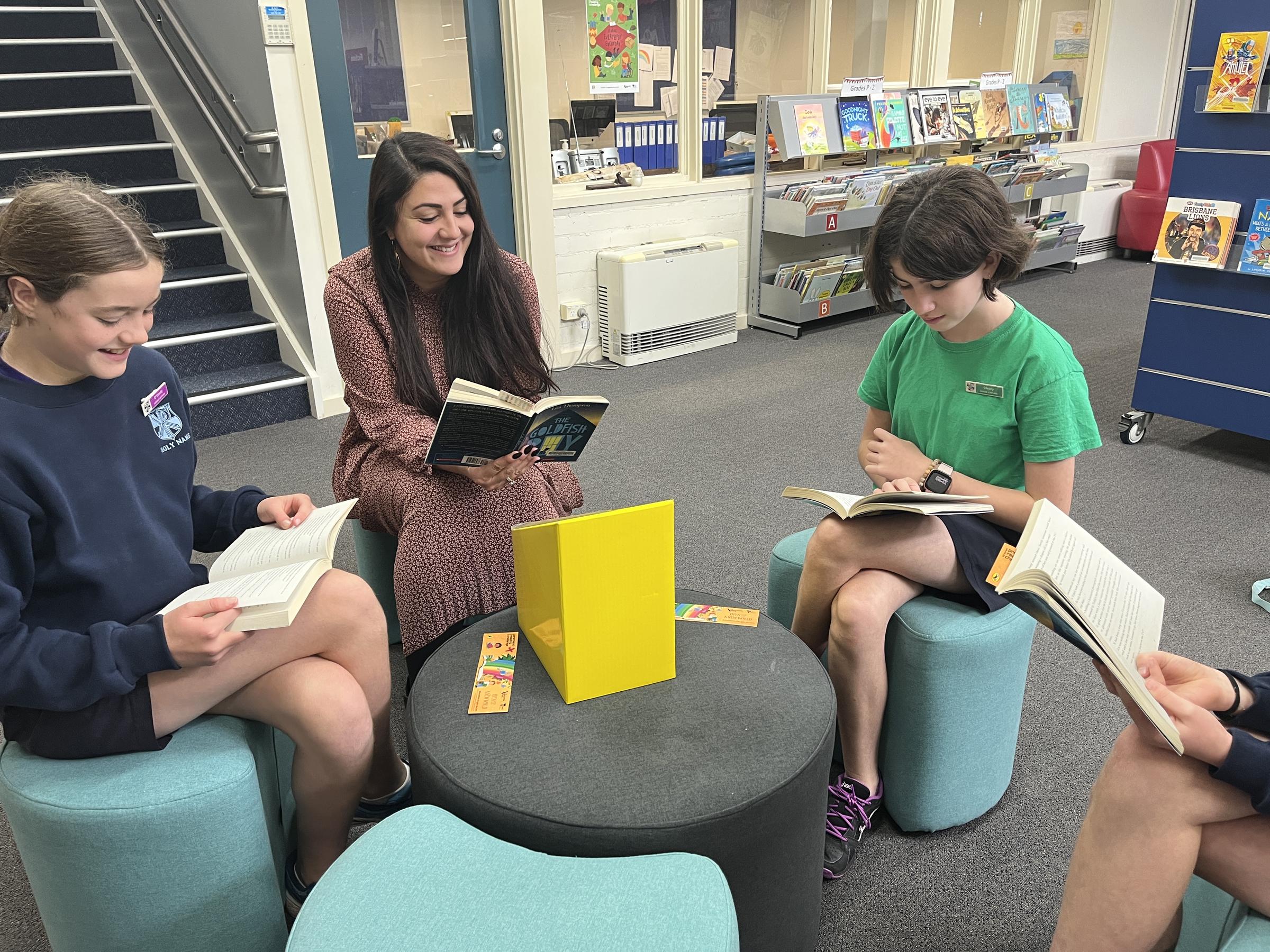LITERACY /
LEARNING & TEACHING
Ms Helen Butler

LITERACY /
LEARNING & TEACHING
Ms Helen Butler
Literacy Learning at Holy Name
Dear Parents/Carers and Community,
In classrooms across Holy Name Primary School, we have been establishing the core routines, practices and behaviours within the writing and reading sessions with our students, to ensure that the growth of each student is maximised.
Our writing and reading sessions are underpinned by the Gradual Release of Responsibility (see visual below). This highly effective and research-based approach to learning, supports our students to grow ownership in the learning process (agency) and ensures that we are meeting the needs of all students – individually and collectively.


As the home reading program has now started, I wanted to share with you the benefits of repeated reading of familiar texts over an extended period.
An effective and evidence-based method that can significantly improve your child's reading is repeated reading. Reading proficiency is a vital skill that sets the foundation for academic success and lifelong learning. Repeated reading, a simple yet powerful technique, has been proven to:
Research consistently supports the benefits of repeated reading. By engaging in repeated reading in class and at home, students become more familiar with the text, leading to increased fluency and automaticity. Repetition allows your child to internalise vocabulary, sentence structures, and grammatical patterns, thereby enhancing comprehension and meaning making.
Furthermore, repeated reading of familiar texts helps students build confidence in their reading, fosters a positive attitude towards reading and a love for literature.
To make repeated reading even more effective, it is essential to select texts that match each child’s reading level. We do this by utilising levelled texts when students are learning to read. This ensures that they can engage with the material comfortably while still being appropriately challenged. Gradually increasing the difficulty level of the texts over time allows for continuous growth and progress.
This is why we encourage students to take home up to 5 texts for a week to read repeatedly at home especially in years F-2. Please continue to ask your child:
Regards,
Helen Butler